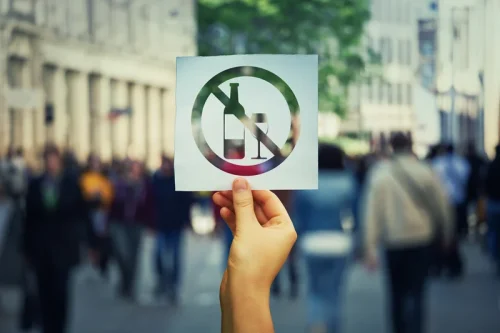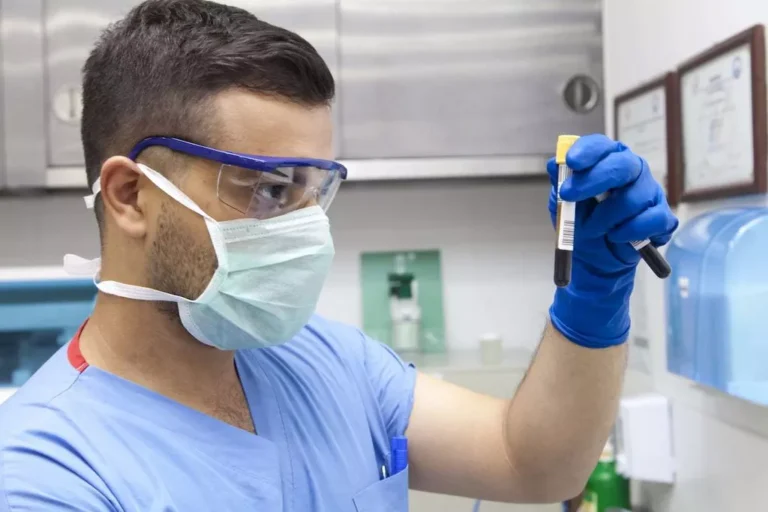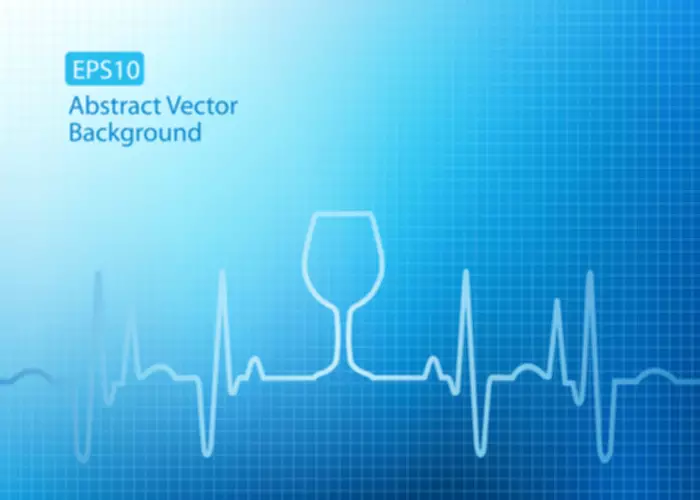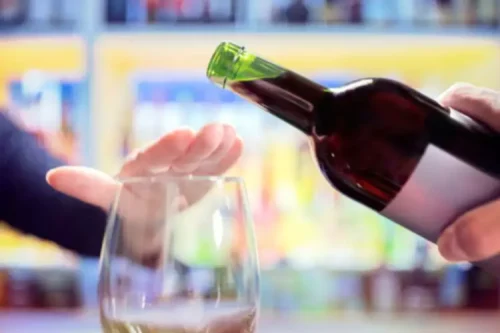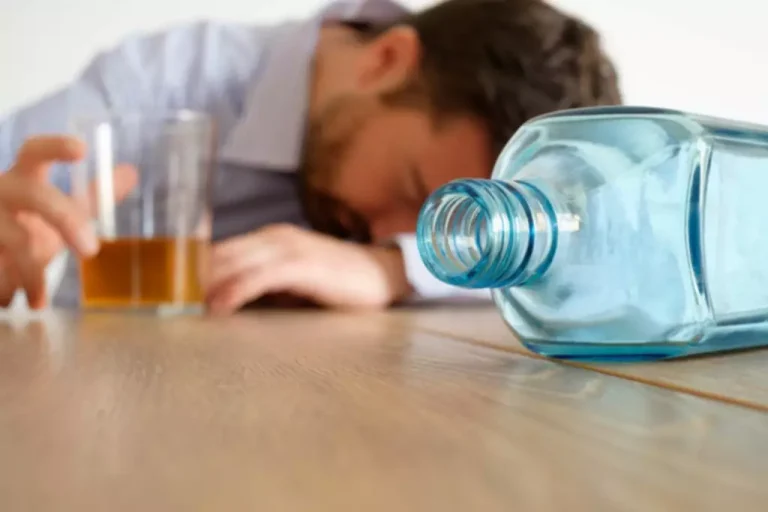
What we are familiar with is the idea of peer pressure being a bad thing. Other negative examples may include sexting or having sex when you are not ready, gambling, criminal acts, and engaging in other risky behaviours. When a person behaves in a way that is not aligned with their values, it can be considered negative peer pressure.

Method 2: Coping with the Effects of Giving in to Peer Pressure

Peer pressure has the potential to be either positive or negative in impact. Peer pressure transcends age groups and can begin before the first day of school at daycare, playgroup, and more. They are also typically striving for social acceptance and are more willing to engage which of the following is a type of indirect peer pressure? in behaviors against their better judgment to be accepted. Teens who volunteer in their community can keep each other motivated to participate. This involvement can lead to exposure to role models and eventually lead to the teens becoming positive role models themselves.
Dealing With Negative Peer Pressure At Workplaces
You can lose focus and enthusiasm about life itself, and this kind of pressure can even result in serious anxiety and stress issues. Prevalent causes include wanting to “fit in”, wanting to be liked by others, or wanting to be accepted by one’s peers. Indeed, it is often a natural desire for social creatures like us humans! Parenting and social learning theory have also been offered as possible explanations. However, peer pressure can also be positive and encourage better academic performance and healthy habits. Indirect peer pressure is the least invasive of the lot and can be either spoken or unspoken.
How to help working parents navigating back-to-school
Reading your story can help other young people deal with the tough times. It’s Thursday night, and your colleagues want to stay after work to prepare for the next day’s office party. You want to go home to rest and be sharp for an early morning meeting, but your colleagues tell you it’s just an hour or two — why not stay? You’re torn between going with the group or sticking to your own convictions. It may not be easy for your child to confide in you about the issues they are faced with.

For youths, examples may include skipping school or pursuing the latest trends. Peer pressure presents itself both explicitly and implicitly, or alternatively, directly and indirectly. Explicit, or direct peer pressure involves an individual behaving in a way that pressures others to change.
- If your coworkers are planning a birthday event for another colleague, they might pressure you to join — and it could be a positive.
- If you know that you might be roped into holiday party-planning duties, but you already have a full workload leading up to the holidays, plan how you can gently let your colleagues or manager know.
- Apart from the above, difficulty sleeping and low moods are also plausible signs.
- Rather than worrying about the effects of their children’s friendships, parents would do well to focus on creating a positive, supportive home environment.
There are lots of situations where you might feel pressured to join in, even when you don’t want to
Clinical psychologist Dr Andrew Adler, a Hong Kong-based clinical psychologist from the US, has seen first-hand the causes and effects of peer pressure on young people. At workplaces, managers can build a strong sense of teamwork by staying focused on productivity and continuously reinforcing positive values. Leaders can ensure a healthy environment that allows employees to feel free to disagree and pose their own opinions without being worried about negative consequences. Without even realizing it, we change our attitude, behavior or actions at work just to fit in, giving in to peer influence. We give a great deal of importance to what our colleagues think of us and end up doing things simply because we feel obligated to play along with them. Negative peer pressure can enforce unhealthy habits and steer you away from your values.
What are some examples of peer pressure?
The original deal was for Brightline to pay its portion of the station, Collins said. City commissioners Monday rescinded two agreements with Brightline. The votes, both 3-2, kill the 7½-month effort to build a station in downtown Stuart. Jones’ comments emphasize his belief in the direct relationship between investing in top talent and achieving championship success.

Children’s Health Family Newsletter
Mention that you have prior commitments or that you’ve been asked to prioritize your current workload over taking on new work. While you might find it hard to say no to your bosses or colleagues, it’s important to learn to say “No” and set boundaries at work. Set a precedent to make sure your manager or supervisor knows what you will and won’t do. It’s not always easy to deal with peer pressure, especially when it’s hard to identify. In the workplace, there’s a difference between encouraging others to do well and encouraging them to change themselves — but the line is thin. Peer pressure is internal or external pressure felt to behave in certain ways, both good and bad.
What are the 5 ways to avoid peer pressure?
- Exams, deadlines, and high expectations can cause a lot of stress for students, parents, and educators alike.
- Peer pressure occurs when a peer group exerts direct or indirect pressure to do certain actions.
- Effective teamwork creates a positive culture where no-one is above anyone else and everyone can contribute freely.
We all know what it’s like while dealing with peer pressure when so much seems to be riding on performance and meeting goals. These things can also be considered as a positive activity and there are many strategies to navigate academic pressure if you feel at any time. Positive peer pressure manifests through peers motivating each other towards helpful, healthy choices. For instance, friends might encourage each other to study hard, avoid substances, stick up to bullies, or give back through community service.



